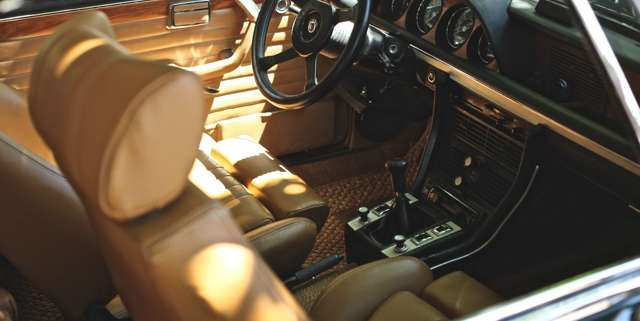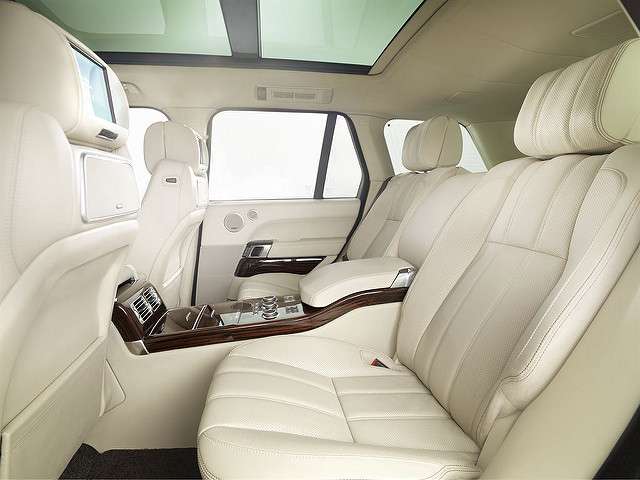
Creating color harmony in car interiors is essential to optimizing aesthetic appeal. Image Source: Unsplash user Sean DuBois
In today’s rapidly evolving automotive industry, consumers are given options few ever dreamed of only a few years ago. Cars are now the sites of some of the most innovative technologies available. They are bringing performance and safety to extraordinary new heights and even transforming what we imagine cars to be. While we marvel at unprecedented performance and are comforted by advances in safety, aesthetics remain a critical component of automotive appeal. In fact, a 2014 study by AutoTrader on how consumers choose new cars found that it was “appearance more than anything else that appealed to participants.”
Color harmony in car interiors may not be the first thing consumers think of when considering the aesthetic appeal. In fact, interior color matching is largely taken for granted precisely because car manufacturers have become so successful at achieving it. But when interior car components don’t match, consumers notice. Not only does this disrupt aesthetic appeal, it can also call into question the overall quality of the car; if a manufacturer has failed to get the basics right, what else have they missed? As such, it is imperative to seek out the best possible color measurement tools to ensure accurate color matching.

With hundreds of parts manufactured around the globe, ensuring color harmony can be challenging. Image Source: Unsplash user Nathan Lindahl



